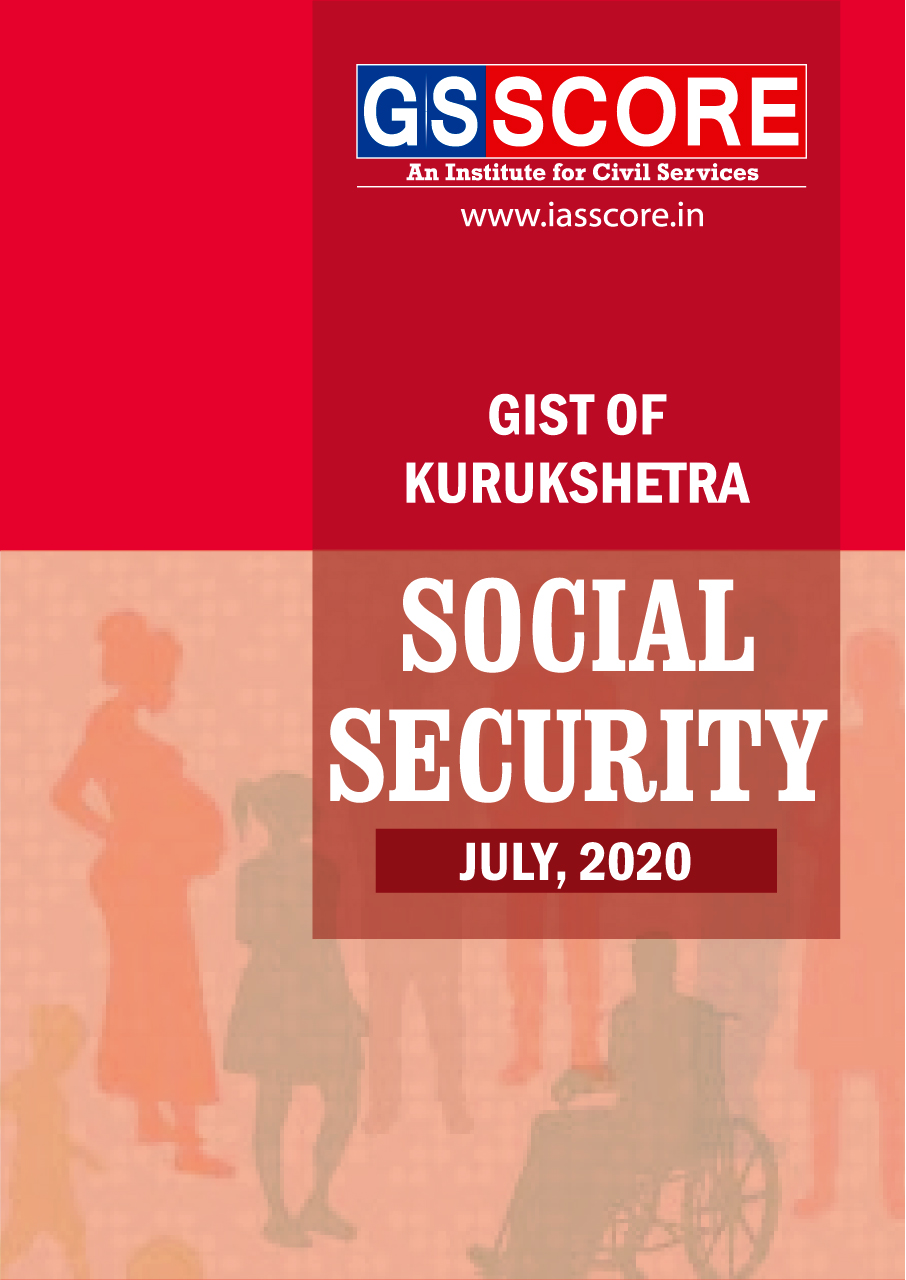


Introduction
- Today, the Country and the World is going through an unprecedented crisis because of COVID-19 or coronavirus pandemic.
- The 20 lakh crore economic package under the Aatmanirbhar Bharat Abhiyan announced by Prime Minister Shri Narendra Modi is aimed at providing an aid to the country's population out of the coronavirus crisis by making them self-reliant.
- In India, social security has been a prime focus area across various plans and policies of the Government. Over the last two decades or so, there have been a major slew of measures in sync with the need for greater recognition to social and economic rights.
- The COVID-19 pandemic and prolonged lockdown of economic activities have caused health and income insecurity amongst the socio-economically weak and vulnerable sections of the society.
- Social security might be defined as a provision of protection for individuals and households, to ensure their health and income, especially in cases of old age, unemployment, sickness, invalidity, work injury, maternity or loss of a sole earning member.
- Thus, social security can help in reduction of poverty and inequality and therefore support inclusive growth through enhancing human capital and its productivity.
- Education is a key factor towards ensuring social security. Education is considered as the backbone of development and is recognized as one of the most important instruments to alleviate poverty and reduce inequality.
Related Articles



